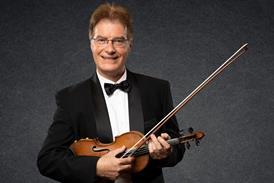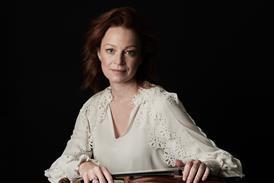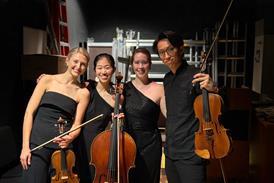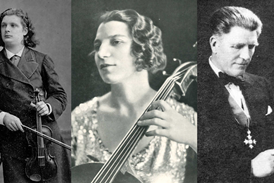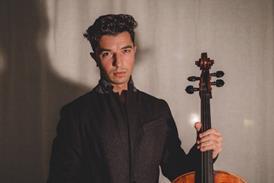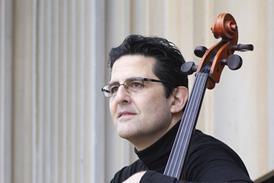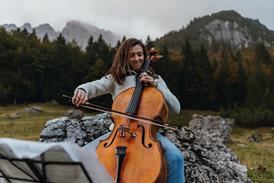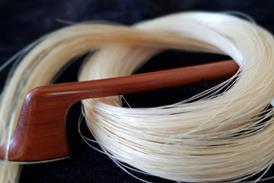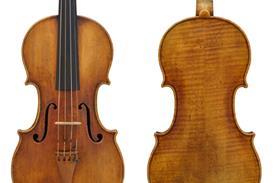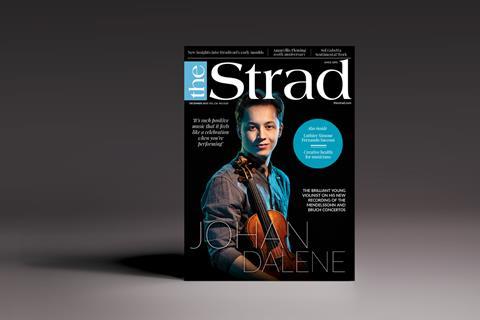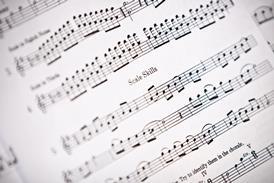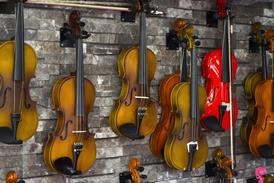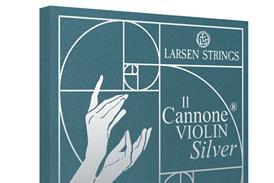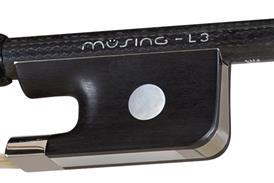- News
- For Subscribers
- Student Hub
- Playing Hub
- Directory
- Lutherie
- Magazine
- Magazine archive
- Whether you're a player, maker, teacher or enthusiast, you'll find ideas and inspiration from leading artists, teachers and luthiers in our archive which features every issue published since January 2010 - available exclusively to subscribers. View the archive.
- Jobs
- Shop
- Podcast
- Contact us
- Subscribe
- School Subscription
- Competitions
- Reviews
- Debate
- Artists
- Accessories
Soundpost: Letters to the Editor July 2020

A selection of letters The Strad receives each month from its readers around the world: July 2020 issue
BOWING TO GREATER KNOWLEDGE
The idea behind the Australian ‘Polycorde’ curved violin bow (New Products, April) is anything but new. Violist Hartmut Lindemann introduced Australian audiences to the curved bow, and its ability to play all four strings simultaneously, in the 1980s. Others, including Emil Telmányi, Otto Büchner and the popular Tossy Spivakovsky, used curved bows to perform Bach in the 1950s and 60s. Further back still, the inaugurator and unparalleled master of the curved bow was German violinist Rolph Schroeder, a pupil of Henri Marteau, who designed and developed one in the 1930s, following the suggestion of philosopher, physician, and Bach researcher Albert Schweitzer. Schroeder was also first to record the Sonatas and Partitas using a curved bow (with Columbia), while his student Rudolf Gähler published a book about the bow in 1997.
Already subscribed? Please sign in
Subscribe to continue reading…
We’re delighted that you are enjoying our website. For a limited period, you can try an online subscription to The Strad completely free of charge.
* Issues and supplements are available as both print and digital editions. Online subscribers will only receive access to the digital versions.

